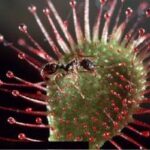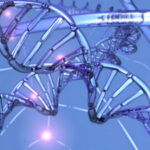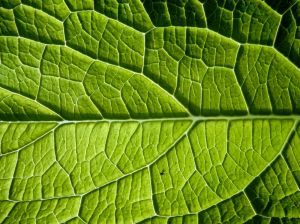The cell is one of the most rudimentary components of any living organism. Each part of the human body contains specific types of cells that help it to function properly. These specific types of cells working together form tissue, the tissue forms organs, the organs work together as systems, and the systems working as one create a living organism. Some organisms are made up of only one cell, while others, such as humans, are formed by millions of cells working together as one. Each cell also has individual systems, called organelles, which allow the cell to function properly. (www.scienceclarified.com, date unknown). Without these organelles, cells would not be able to perform their functions and the organism would die. This essay will discuss the organelles contained within cells, and the functions that they perform.
Organelles are contained in various locations within a cell. These three locations are the nucleus, the cytoplasm, and the surface. First, the nucleus is an organelle that is present in all eukaryotic cells. It contains the major part of the cell’s DNA and functions as the control center for the entire cell. Within the nucleus are the chromosomes, and nucleolus. Surrounding the nucleus is the nuclear membrane. The chromosomes, which are in the form of chromatin for much of the cell’s life, contain the genetic information for the cell. These organelles thicken in preparation for cell division, and have a set number of pairs for each species. Humans have 23 pair. Next, the nucleolus, which is only visible through the microscope when the cell the not dividing, contains RNA for protein creation. Finally, the nuclear membrane surrounds the nucleus. It consists of two layers and has many small openings to allow for traffic to and from the nucleus (www.library.thinkquest.org, date unknown).
Secondly, the cytoplasm contains the majority of organelles. The cytoplasm is made up of cytosol which is mainly composed of water with free-floating molecules. Contained within the cytoplasm are the centrioles which are paired cylindrical organelles near the nucleus that aid in cellular division by acting as organizing bodies during the process. Next, cholorplasts, which are found in plant cells, contain green chlorophyll where photosynthesis takes place. This process allows plants to create and store glucose and other carbohydrates for later use (www.web.jjay.cuny.edu, 1999). The cytoskeleton is also found in the cytoplasm of the cell. It is a “network of filaments” that act in support and movement of the cell. The endoplasmic reticulum also functions within the cytoplasm. The ER is a tubular network which is located throughout the cell and is involved in protein synthesis and lipid metabolism. There are two types of ER, smooth and rough. The rough ER contains ribosomes while the smooth ER does not (www.scienceclarified.com, date unknown). The golgi apparatus is formed of numerous layers in the shape of a sack and functions as the protein “packaging plant.” Lysosomes are the digestive area for proteins, lipids, and carbohydrates. They also transport undigested material to the cell membrane for removal.
The mitochondria are the second largest organelle with a unique genetic structure. It is double layered on the outer membrane with inner folds called cristae. Mitochondrion control level of water and other materials in the cell and recycle and decompose proteins, fats, and carbohydrates, and forms urea (www.thinkquest.org, date unknown). The ribosomes are miniature organelle that contain RNA and protein and aid in protein synthesis. The final organelle in the cytoplasm is known as the vacuole. It is a membrane-bound sac used for storage, digestion, and waste removal (www.staff.jccc.net, 2002).
Finally, the surface of the cell contains organelles as well. The surface of the cell contains the cell wall and plasma membrane. The cell wall is found in plant cells, and it surrounds the plasma membrane. The primary cell wall is very elastic in form while the secondary cell wall forms around the primary wall when the cell growth is complete. The plasma membrane is common to both plant and animal cells and is the outer membrane of the cell. It controls what comes in and out of the cell. It contains proteins which manage the traffic (www.library.thinkquest.org, date unknown).
In conclusion, cells make up all living organisms. They contain many different types of organelles for proper function within the nucleus, cytoplasm, and surface. All of these organelle work together to create the cells that make up living organisms.





